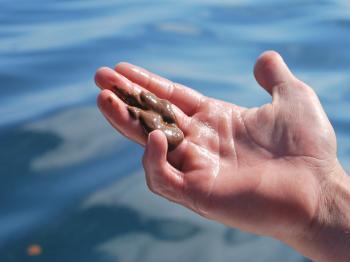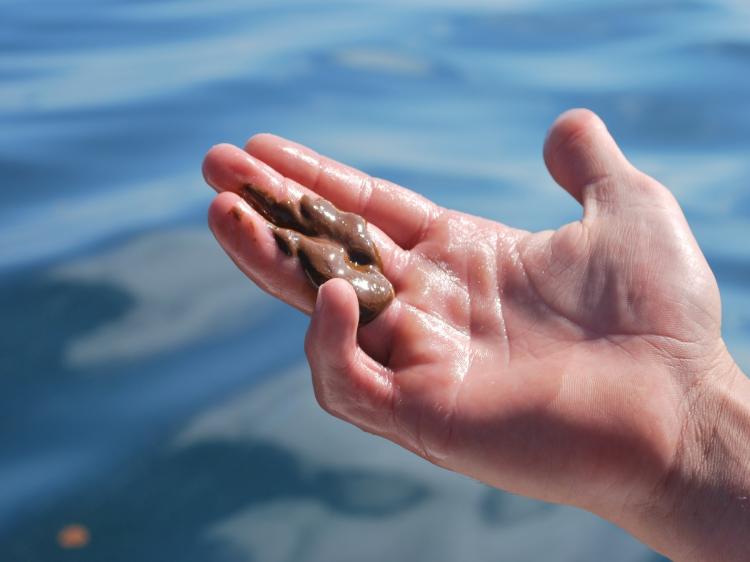Dispersed Oil a Health Threat
Nearly 2 million gallons of solvent have been sprayed over the Gulf of Mexico.

Charter boat captain William Bradford holds a glob of chemically dispersed oil floating in the Gulf of Mexico about 14 miles from the Venice marina off the coast of Louisiana on May 5, 2010. Mira Oberman/AFP/Getty Images
|Updated:





